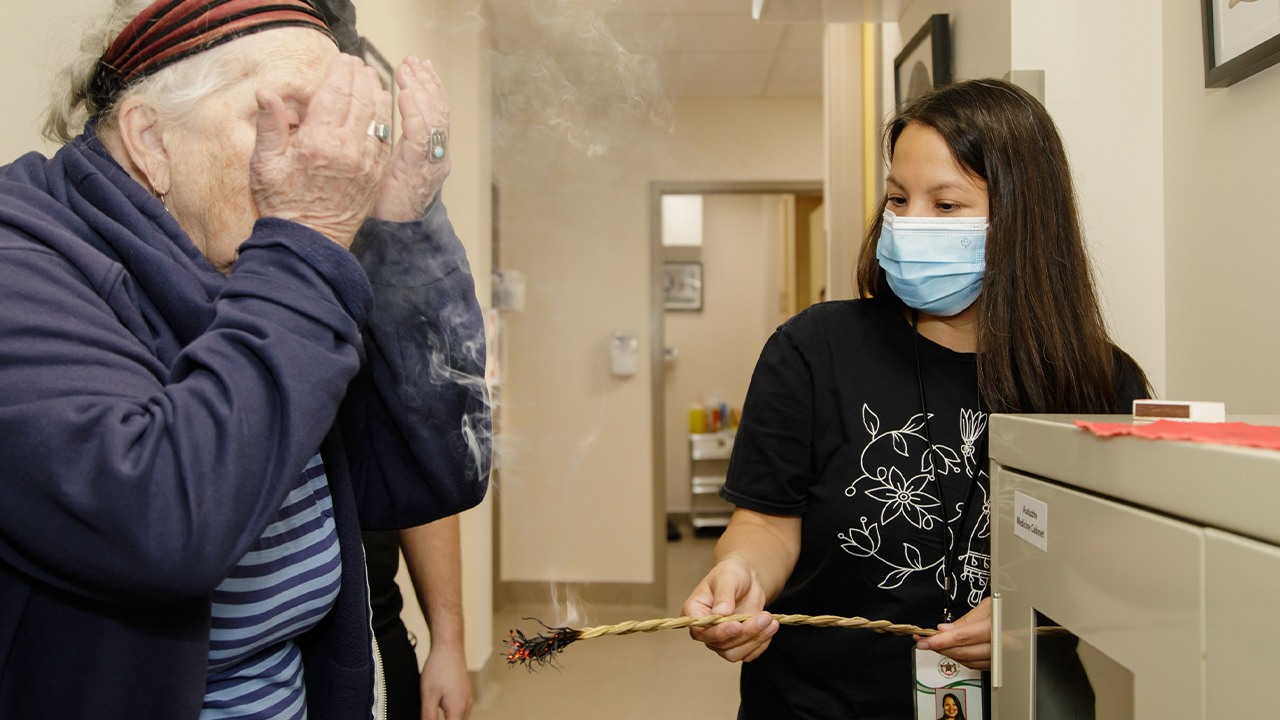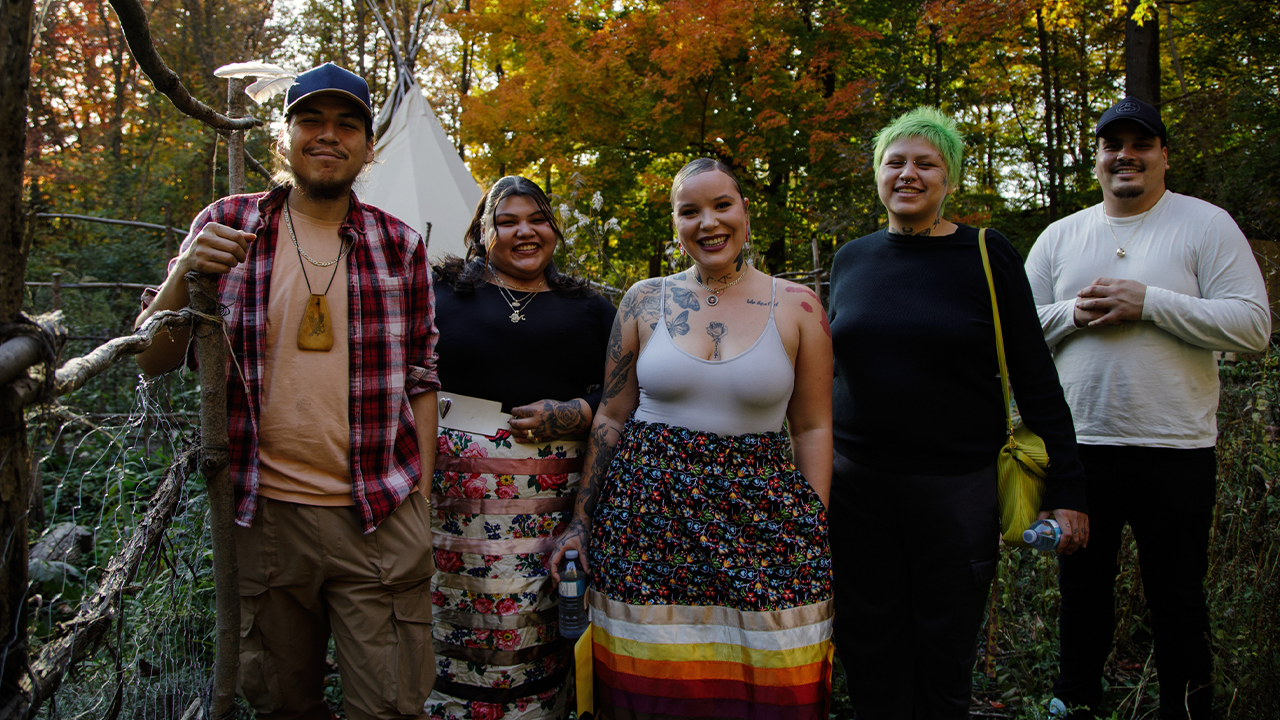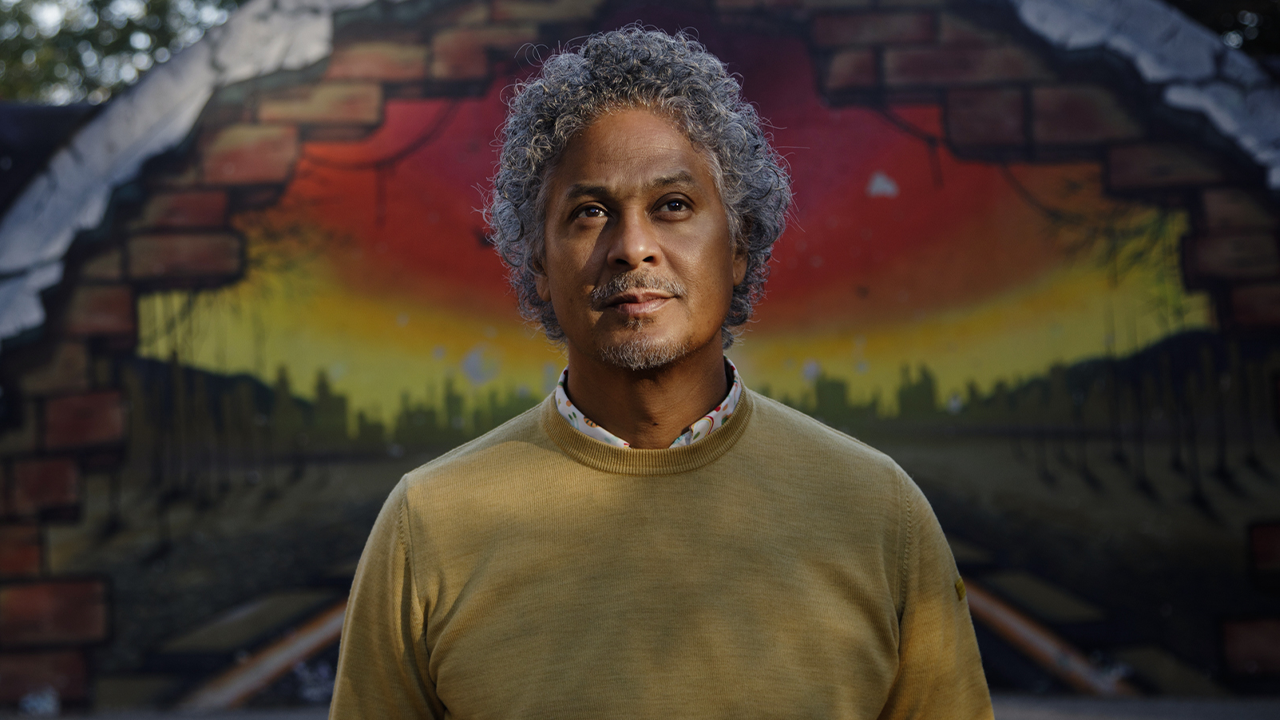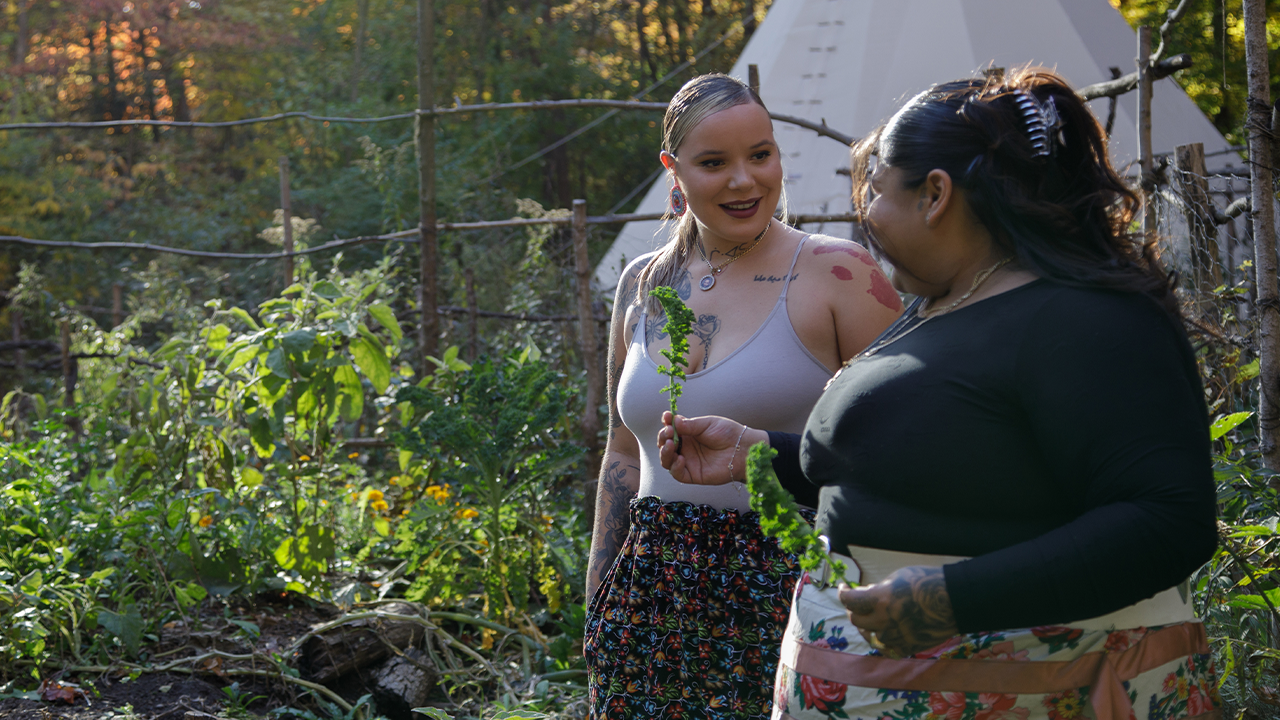

Photos by Daria Perevezentsev
The Indigenous Partnership Council was created out of the need for greater partnerships between Indigenous and non-Indigenous organizations
It is a startling statistic. According to a recent study on the Na-Me-Res main website, 15 per cent of Indigenous people experience homelessness in Toronto, even though they only make up around 0.5 per cent of the population. It is this imbalance that Na-Me-Res is trying to address.
Located in Toronto, Na-Me-Res (Native Men’s Residence) provides outreach services, along with temporary, transitional and permanent housing, to help homeless Indigenous men across the GTA to rediscover mino bimaadiziwin — living a good life in health.
Na-Me-Res has served as an anchor agency for the Indigenous community since 2016 and has done so in partnership with United Way Greater Toronto (UWGT).
Michelle MacDonald, senior manager of Indigenous collaboration with the UWGT, sits on its Indigenous Partnership Council (IPC), which was created out of the need for greater partnerships between Indigenous and non-Indigenous organizations.

“United Way recognizes the direct link between colonial history and trauma and the disproportionate impact of poverty on Indigenous communities, and we know that we must play an active role, but more importantly, we must work with and support First Nations, Metis and Inuit peoples as they lead culturally responsive solutions within their communities,” MacDonald said.
“This can mean knowing when to learn, listen and support others to formulate and activate culturally responsive solutions. The creation of the Indigenous Partnership Council marks a change in approach for United Way, and a step towards reconciliation.”
Simply put, the IPC is led by Indigenous voices for Indigenous peoples. It includes leaders from educational facilities, shelters, housing and social service organizations and is guided by Indigenous decision, so it remains accountable and transparent to the First Nations, Inuit and Metis peoples.
The IPA guides and informs the implementation of UWGT’s Reconciliation and Equity Action Plan, which helps to strengthen relationships between United Way and Indigenous communities, and addresses social and economic inequities among Indigenous people across the GTA.
It is through partnerships that organizations like Na-Me-Res can feel like they are being listened to, heard and supported. It also assists them to expand their services because they have the backing of United Way, and that support helps them strengthen their capacity to lead and deliver initiatives for their communities.
Steve Teekens is the director of Na-Me-Res. He said one of the ways Na-Me-Res was able to expand its services was with the opening of Auduzhe Mino Nesewinong — place of healthy breathing — which is home to an evolving Indigenous interdisciplinary primary care team.
He said it is a one-of-a-kind health organization for the Indigenous community that focuses on disease prevention, vaccinations, health promotion, holistic care and data sovereignty, through outreach partnerships, home visits and on-site healing.
Teekens said it first began as a partnership between the Native Men’s Residence, Seven Generations Midwives Toronto and Well Living House in response to the disparities affecting the First Nations, Indigenous and Metis populations during the COVID-19 pandemic.
Auduzhe Mino Nesewinong provides preventative, episodic and primary care to assist in meeting the needs of the Indigenous community. Over the past three years, it has also been developing and delivering culturally safe access to urgent health and social support, medical testing, contact tracing, case management and access to treatment.
Na-Me-Res has faced challenges due to inadequate health funding and the rise of non-Indigenous health centres offering Indigenous services without Indigenous representation, Teekens said.
He said ongoing gaps in access to culturally safe and effective holistic primary care leaves more than 24,000 First Nation, Indigenous and Metis people in the Toronto region without a provider, which means there are gaps in preventative care, and that there is a higher burden of disease and mortality.
And, Teekens said, there is a need for more affordable housing.

Nation Cheong, vice-president of community impact and mobilizations investment at the United Way, said there have advancements when it comes to investing in housing solutions through cross-sectoral work with the City of Toronto, Indigenous organizations and groups like the Toronto Police Services.
Two weeks ago, the UWGT opened 51 modular apartment units at 90 Dunn Ave. in Parkdale to help address the need. He said it is important to advocate at both a community and government level when it comes to affordable housing.
“Often people who are for not-for-profit, only focus on not-for-profit and the private sector only thinks of the private sector. We need to advocate for the government to see not-for-profit as something to invest in,” Cheong said.
Teekens said he has received positive feedback from community members about the services provided by Na-Me-Res. But, he said, there is still a need for more organizations to provide housing to end homeless, additional Indigenous nurses and doctors, and other supports to address all aspects of a person’s needs, including physical, mental, emotional and spiritual.
Providing a space for youth
The ENAGB Indigenous Youth Agency is another Indigenous organization that receives support from United Way Greater Toronto. The youth-led agency’s name comes the phrases Eshkiniigjik Naandwechigegaming (a place for healing our youth) and Aabiish Gaa Binjiibaaying (where did we come from), and it is focused on providing cultural, employment, life skills, holistic wellness and recreational opportunities to Indigenous youth ages 12 to 29.

Led by Director Cynthia Bell-Clayton, Toronto President Briar Perrier and nine youth council members, ENAGB’s daily programming is designed to allow youth an opportunity to actively participate in daily programming to help build self-esteem, confidence, skills and autonomy. It operates from two Toronto locations — one in the east, the other in the west — between noon and 8 p.m.
“Since we have opened, we have provided cultural and historical programming, built community outreach for our youth, created apprenticeship and mentoring programs, and we currently have about 2,200 community members and 1,800 of those are youth who participate in our programs,” said Bell-Clayton.
ENAGB is currently strengthening its current system of support to include youth with mental health and addiction challenges and is hoping that through these actions it will be able to offer appropriate services to all youth who walk through its doors.
“ENAGB seriously walks its talk,” said Bell-Clayton. “We are hoping that through our model that we can serve as role models to other youth agencies across Canada.”